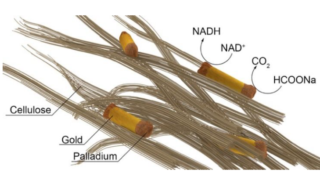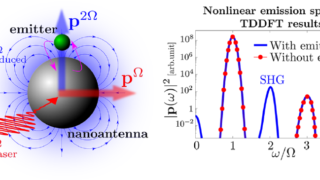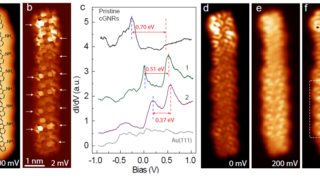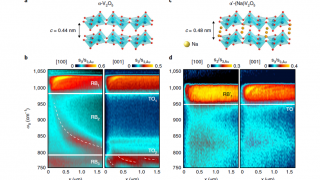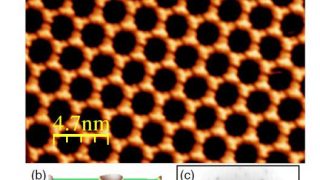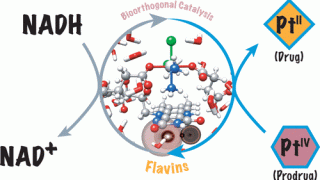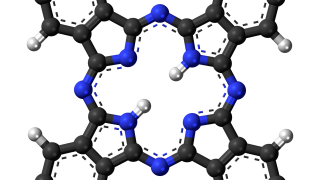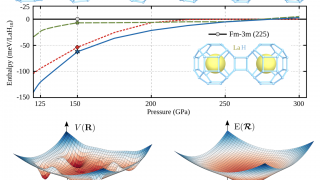
The first Josephson phase-battery device
In science we try to be very precise with the wording of our texts. One of the consequences of this is that we are not afraid of repeating some words in a paragraph, or even in a sentence, if that contributes to avoid possible misunderstandings, even though it may be not recommended stylistically. Another feature […]
